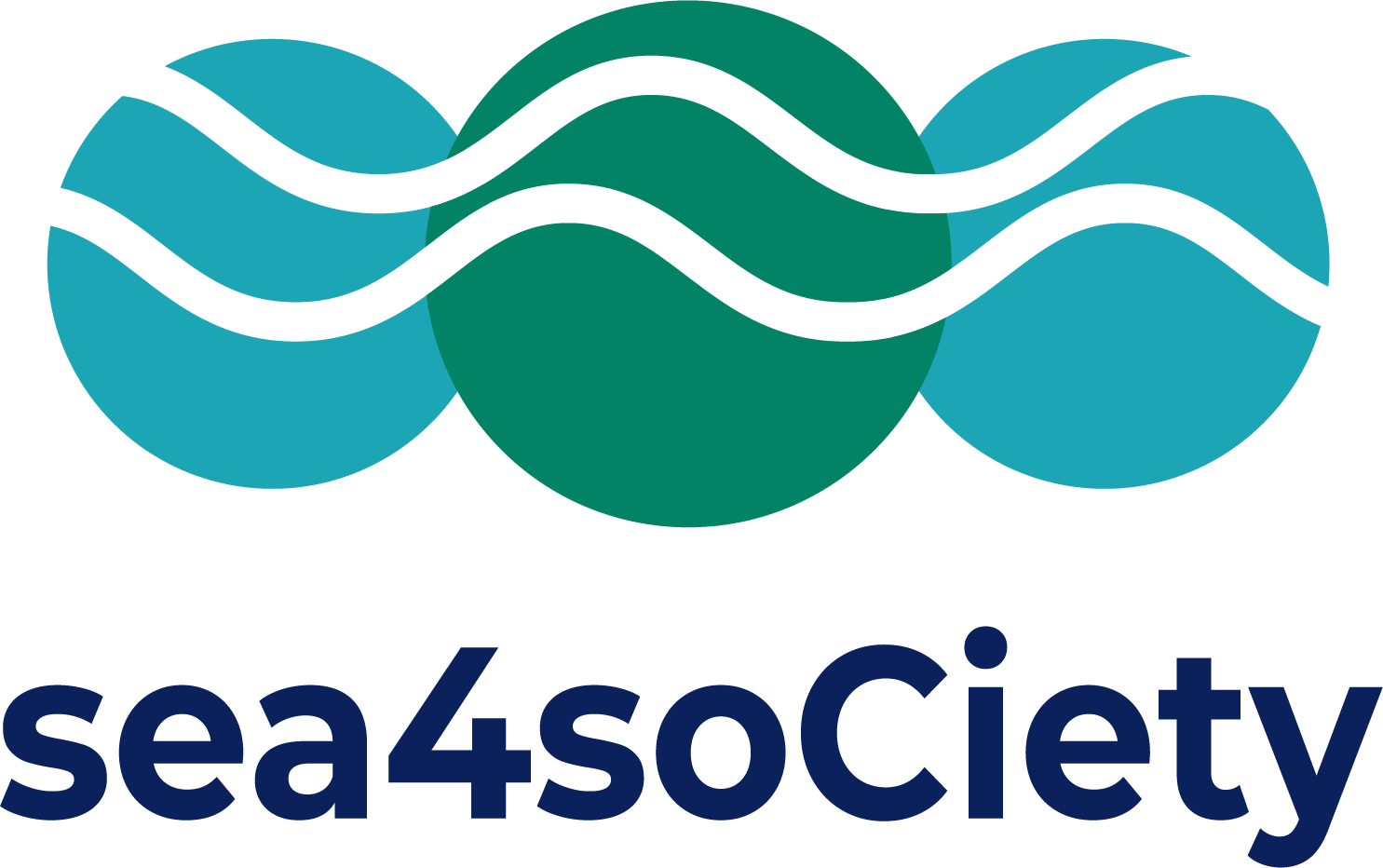WP 2: Structure, stability and origin of the organic material
Work package 2 focuses on the composition and recalcitrance (stability towards decay) of dissolved and particulate organic matter in the water column and the sediment (incl. porewater) of all studied ecosystems.
Dissolved organic matter is one of the largest carbon reservoirs in the ocean and comprises a variety of organic compounds from different sources, such as phytoplankton, bacteria, terrestrial vegetation, and coastal vegetated ecosystems, which sea4soCiety focuses on. Due to its high heterogeneity, different components of dissolved organic carbon have different degradation rates. While the labile fraction is usually degraded within a short time frame, so-called recalcitrant compounds can remain in the water column for hundreds to thousands of years. Much of the marine organic carbon pool consists of this recalcitrant dissolved organic material. So far, dissolved organic matter has received little consideration in approaches to sequester carbon, despite its great potential.
Similarly, particulate organic matter from a variety of different sources is deposited in the sediment of coastal ecosystems. Its origin and chemical composition mediate its recalcitrance, and thus, its stability as sedimentary blue carbon store over time.
Work Package 2, thus, aims at a comprehensive chemical characterisation of dissolved and particulate organic matter in the four different coastal vegetated ecosystems. Field samples from the four systems will be analysed by the different partners within this Work Package. Different biochemical analytical methods will cover the diversity of molecular sizes. Low molecular dissolved organic material is analysed in the Max Planck Institute for Marine Microbiology. At the Carl von Ossietzky University Oldenburg, quantitative analyses of dissolved organic carbon and molecular fingerprinting are performed. At the University of Bremen, high molecular weight polysaccharides are studied. Mesocosm incubation experiments will reveal chemical changes of dissolved organic material under climate-relevant temperature and UV-radiation increase. The Leibniz Centre for Tropical Marine Research, Bremen, together with University of Hamburg, will analyse the amount, composition and origin of particulate organic matter.
The knowledge gained about the quality and quantity of this dissolved and particulate organic material will serve as basis for establishing a budget for the carbon sequestration potential of each vegetation type in the different study regions. This will help estimate the regionally most efficient coastal vegetated ecosystem for carbon sequestration.
